Household items from your childhood that are obsolete now
Welcome to a delightful trip down memory lane as we explore household items that have fallen out of use. These relics from the past once filled our homes with their unique charm and utility. Today, they evoke a sense of nostalgia for a simpler time. From rotary phones to film cameras, each item tells a story of how technology has evolved and reshaped our lives. So, let’s embark on this journey and reminisce about these fascinating devices!
Rotary Dial Telephones: The Original Finger Workout
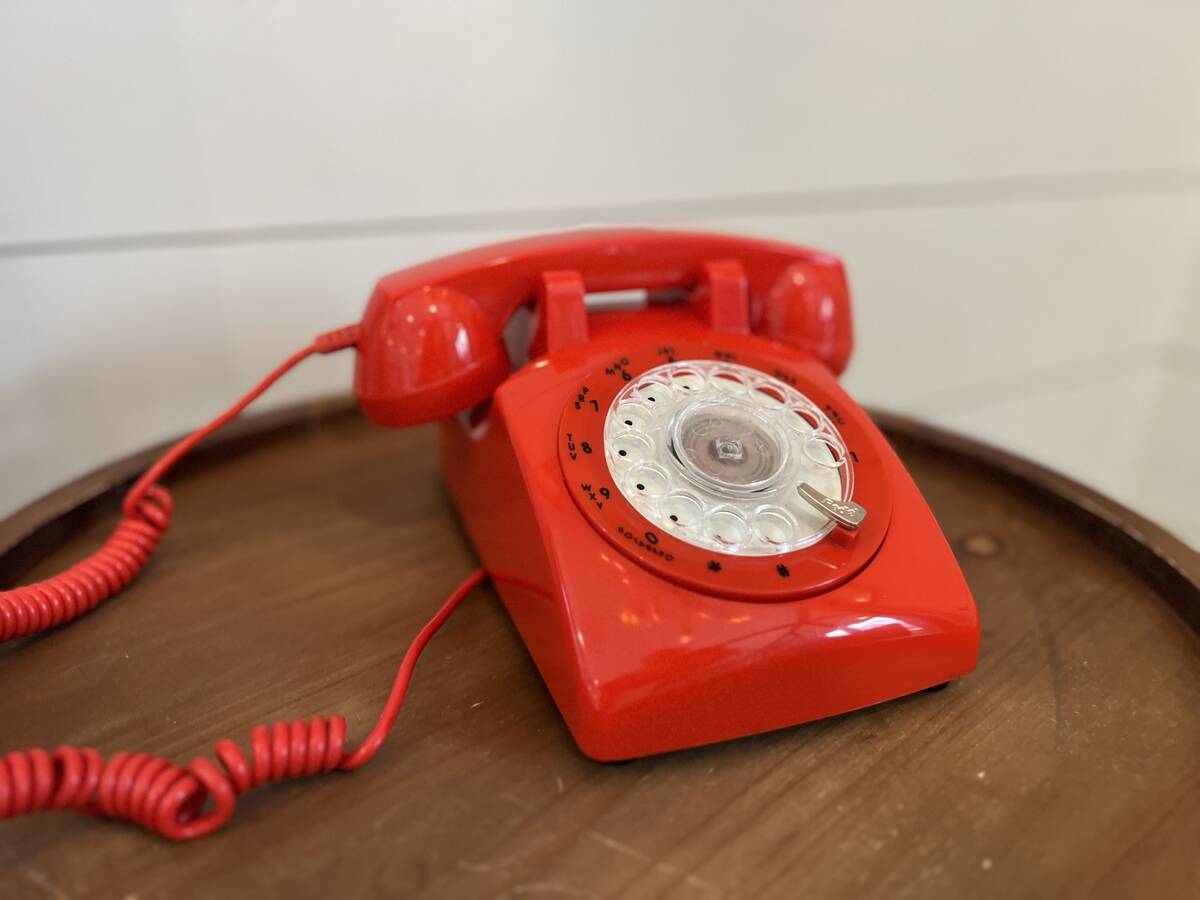
Remember the good old rotary phone? It was more than just a device; it was an exercise routine for your fingers! To call someone, you had to spin the dial for each digit, which was oddly satisfying yet time-consuming. Invented in 1892, these phones were a staple in homes until touch-tone models took over. Despite being outdated, many still cherish the tactile experience of dialing a number, something our smartphones will never replicate.
VHS Tapes and VCRs: Be Kind, Rewind
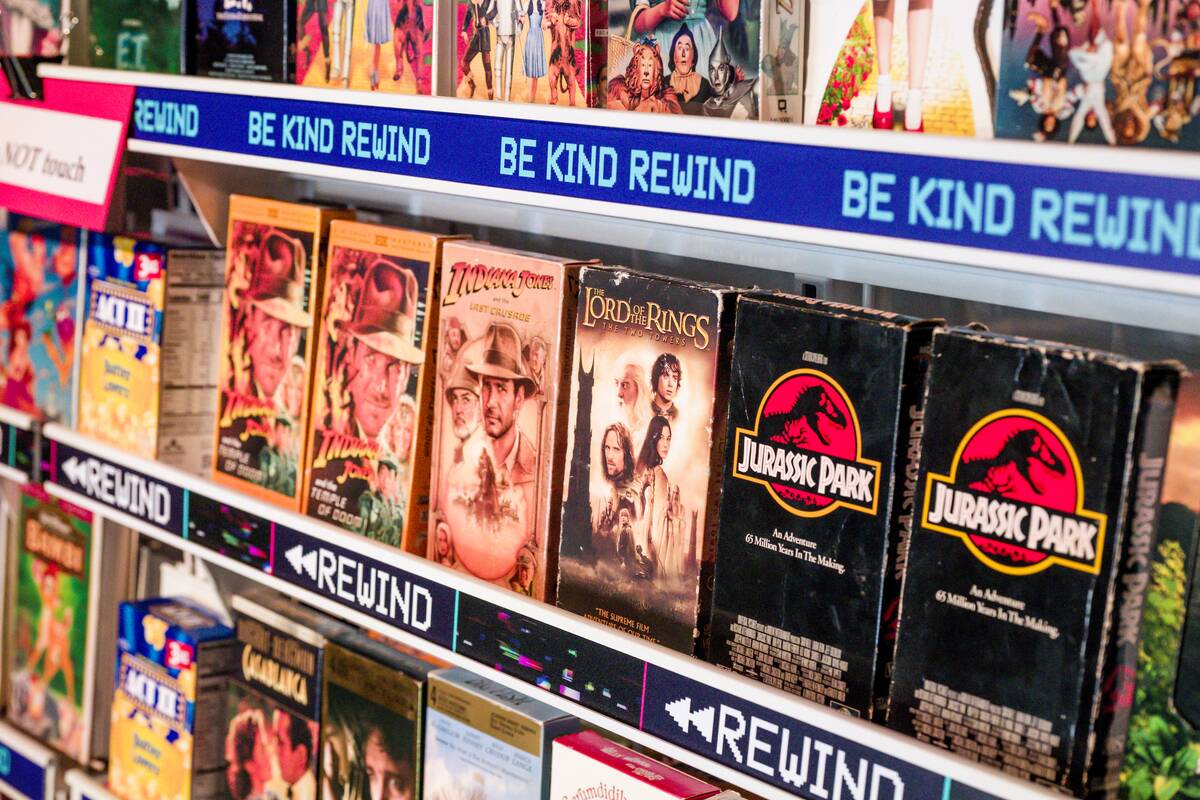
Ah, the days of VHS tapes and VCRs, when watching a movie was a physical experience. You had to rent or buy tapes, insert them into the VCR, and remember to rewind them before returning. Introduced in the 1970s, VHS became the dominant home video format, overtaking Betamax. It wasn’t just about movies; recording TV shows was a game-changer. While DVDs and streaming have taken over, the nostalgia of VHS remains strong for many.
Cassette Tapes and Walkmans: Music on the Go
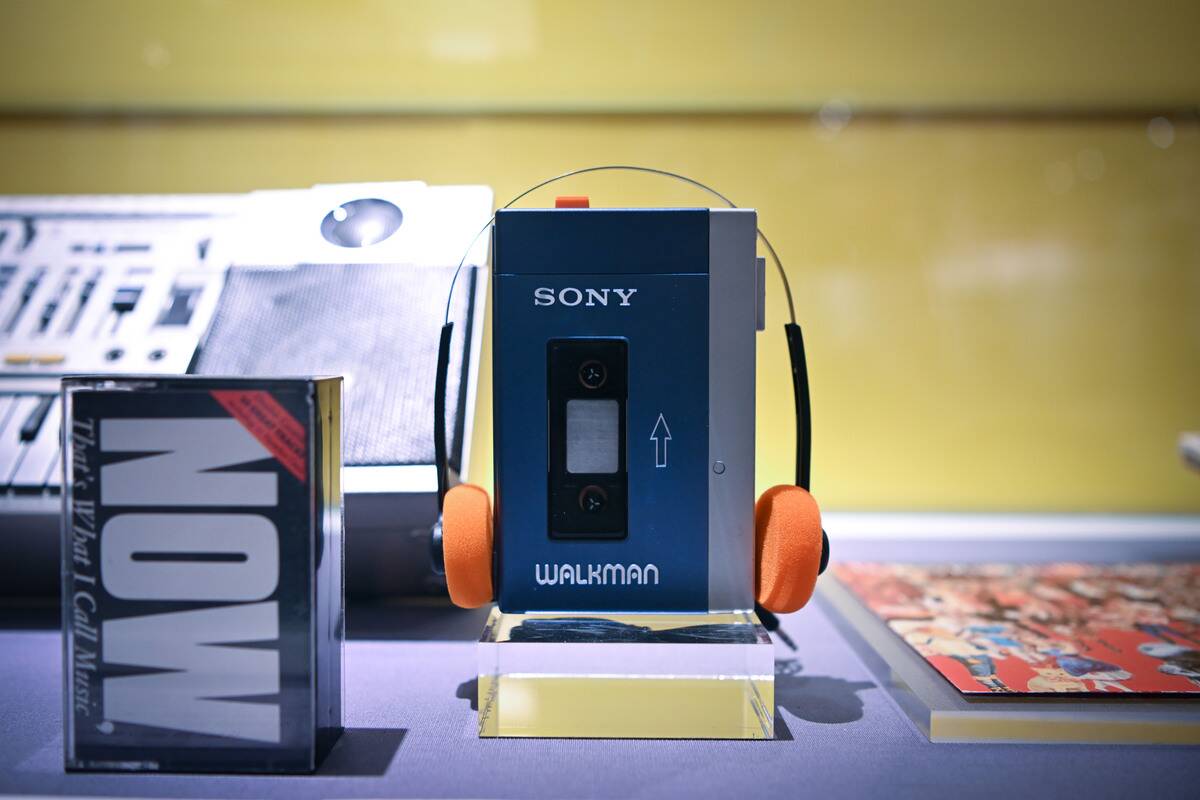
Before iPods and Spotify, there were cassette tapes and Walkmans. These portable music players revolutionized how we listened to music, allowing us to take our favorite tunes anywhere. Introduced by Sony in 1979, the Walkman became an icon of the 80s and 90s. Making mixtapes was a labor of love, requiring patience and precision. Although digital music is more convenient, many miss the tactile experience of cassettes and the anticipation of flipping the tape.
Floppy Disks: The Grandparents of USBs
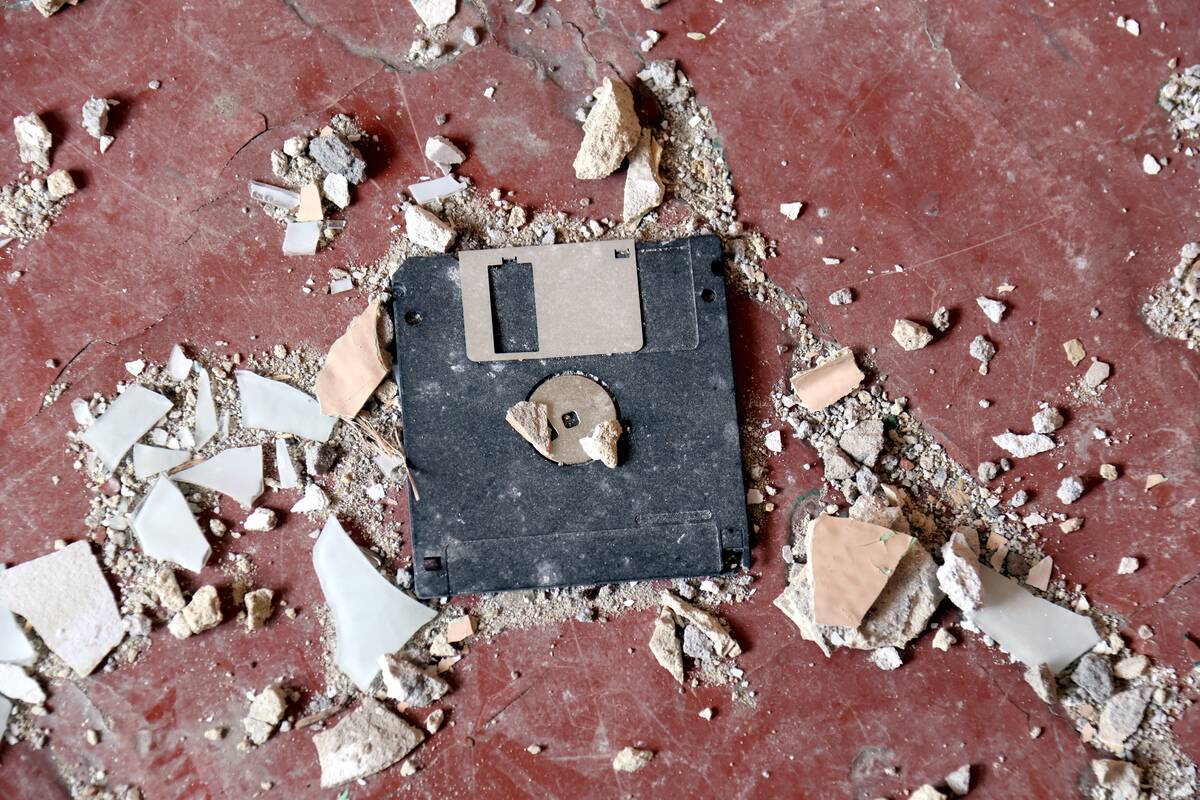
Floppy disks were once the pinnacle of portable storage, allowing us to transfer data between computers. Introduced in the 1970s, the 3.5-inch floppy became the standard by the 1980s and could store a whopping 1.44 MB of data. While today’s USB drives and cloud storage offer far more space, there’s a certain nostalgia for the save icon and the satisfying click of inserting a floppy disk into a drive.
Landline Phones: The End of the Busy Signal
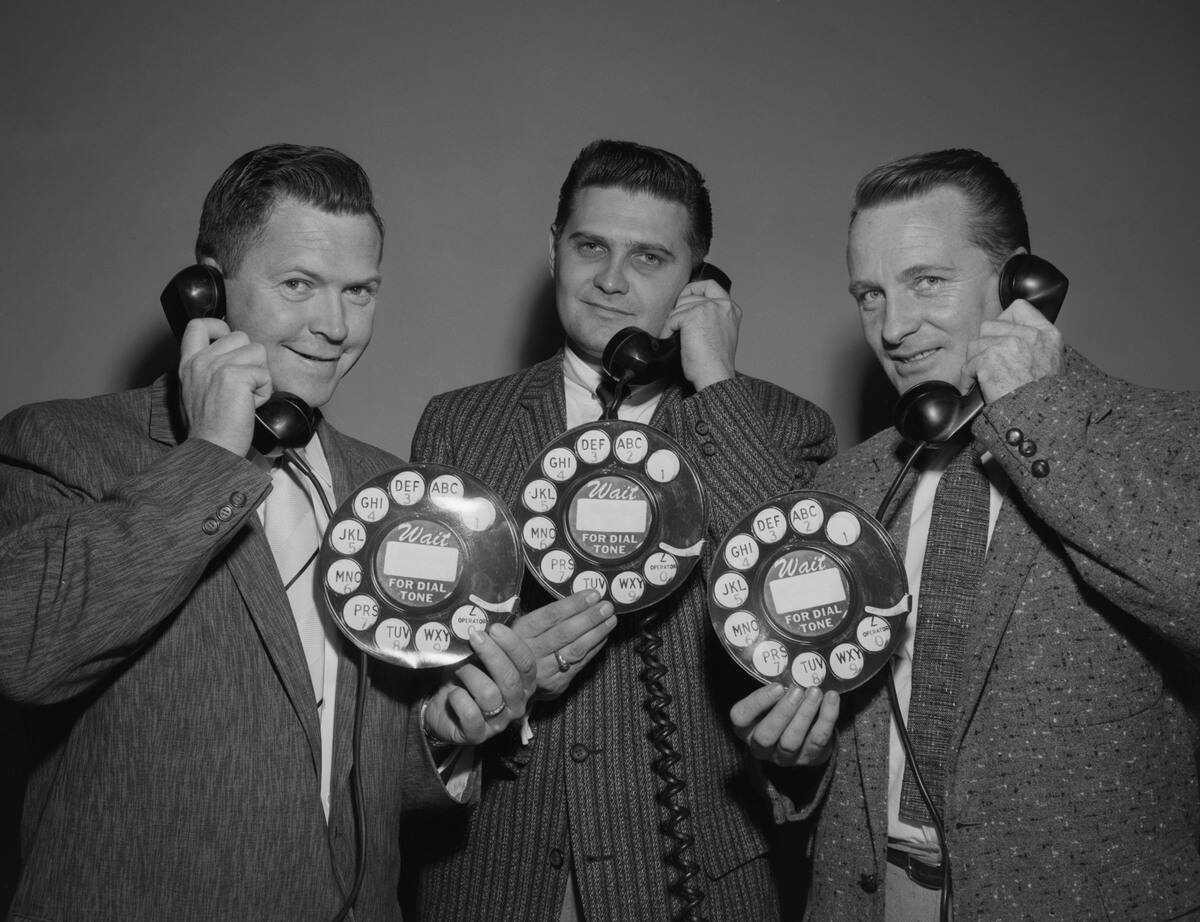
Landline phones were once the primary means of communication, connecting households across the world. The busy signal was a familiar sound, indicating someone else was using the line. With the advent of mobile phones, landlines have largely become obsolete. However, many remember the days of stretching the cord to get some privacy or the thrill of a long-distance call. It’s a piece of history that speaks to simpler times in communication.
CRT Televisions: The Bulky Box in the Living Room
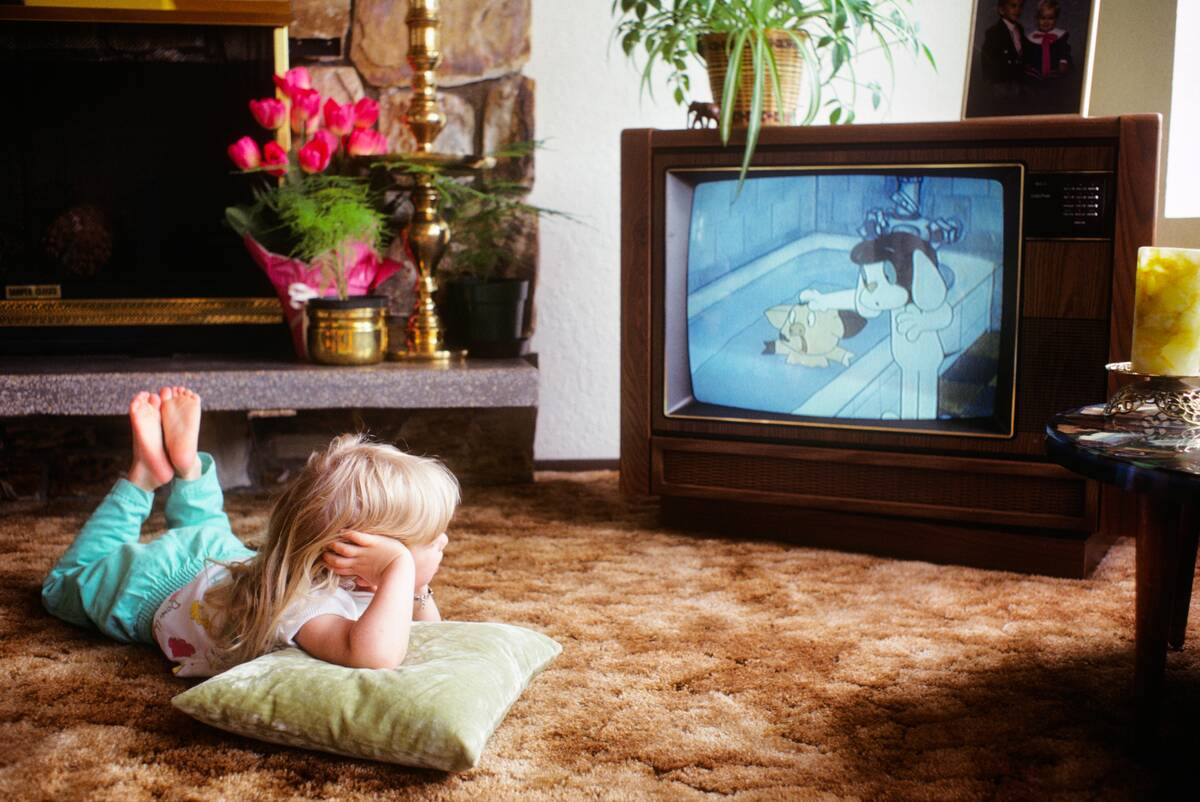
CRT televisions were the centerpiece of every living room, offering hours of entertainment with their bulky design. They operated using cathode ray tubes, which made them heavy and deep. Despite their size, they delivered a picture quality that was revolutionary at the time. As flat-screen TVs have taken over, CRTs are now more of a collector’s item. Still, many fondly remember adjusting the antenna for a clearer picture or the satisfying click of the power button.
Film Cameras: When Photos Needed Developing

Before digital cameras and smartphones, capturing memories required film cameras and the anticipation of developing photos. Each roll of film was precious, with only a limited number of shots. The process of waiting for photos to develop added a sense of wonder and excitement. While digital photography offers instant gratification, there’s a nostalgic charm in holding a physical photo album and reliving those captured moments.
Encyclopedias: The Analog Google
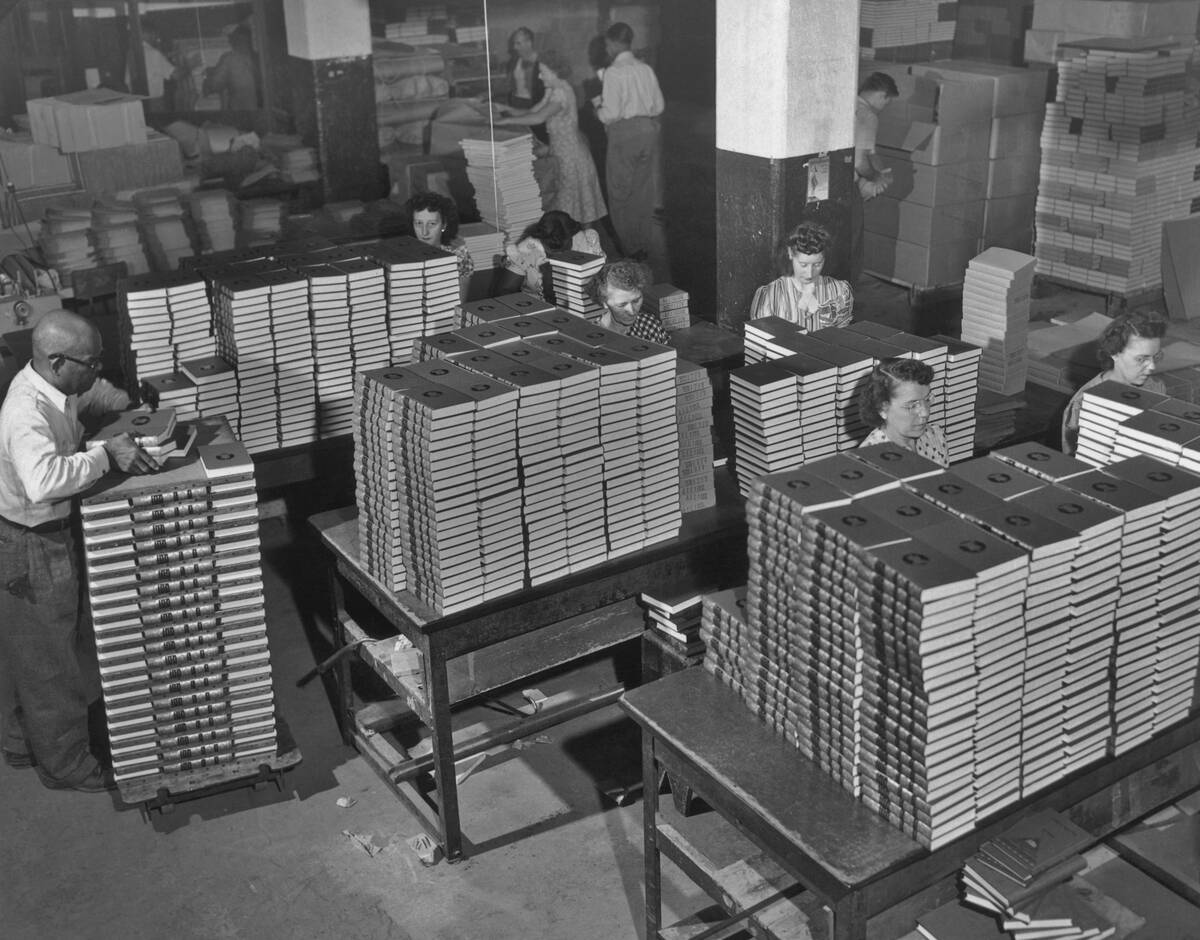
Encyclopedias were once the cornerstone of knowledge, offering a wealth of information in a series of hefty volumes. These books were found in libraries and homes, providing answers long before the internet existed. The Encyclopedia Britannica, for instance, was first published in the 18th century and became a trusted source for generations. While online search engines have made information more accessible, there’s a certain magic in flipping through an encyclopedia to discover new facts.
Overhead Projectors: Classroom Technology of Yesteryear
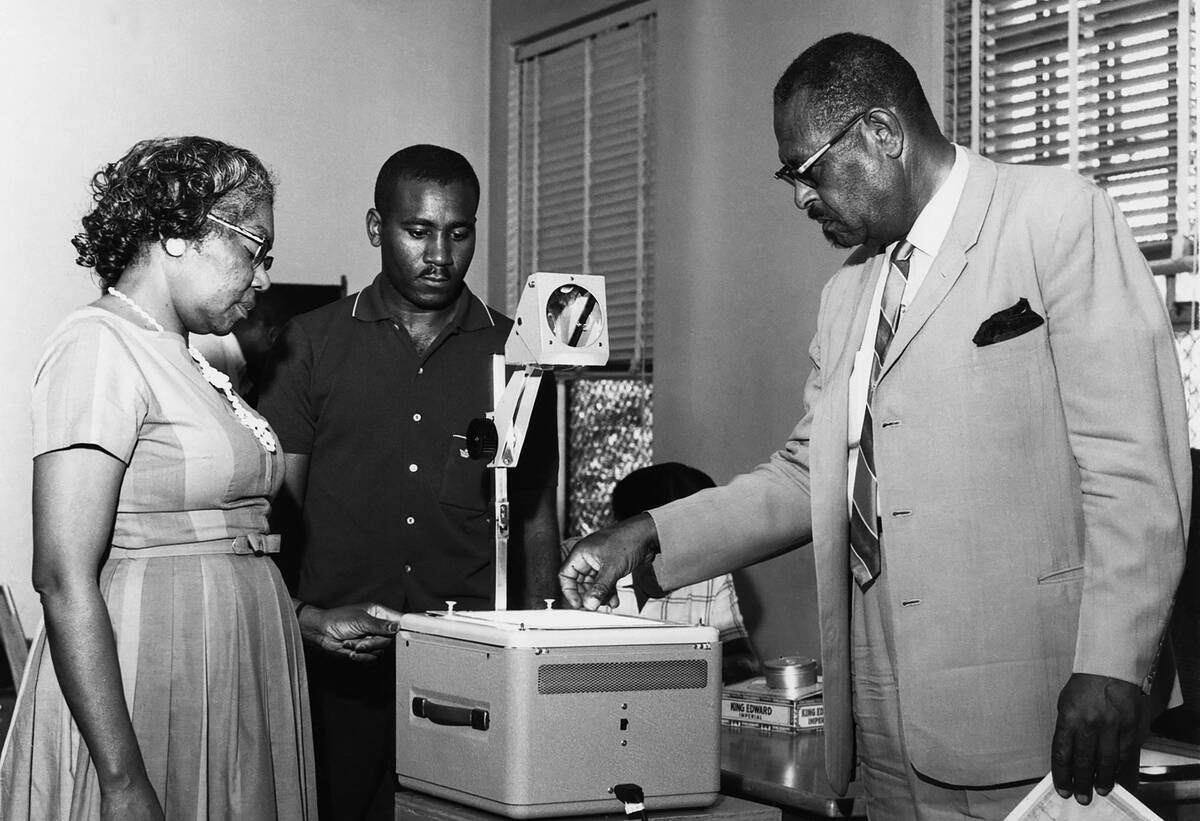
Overhead projectors were a staple in classrooms, transforming lessons into interactive experiences. Teachers would use transparency sheets to convey information, often writing or drawing in real-time. These machines were first introduced in the early 20th century and became widespread in schools by the 1960s. Although digital projectors and smartboards have replaced them, the hum of the overhead projector and the distinct smell of markers evoke nostalgia for many who remember their school days.
Typewriters: The Clickety-Clack of Creativity
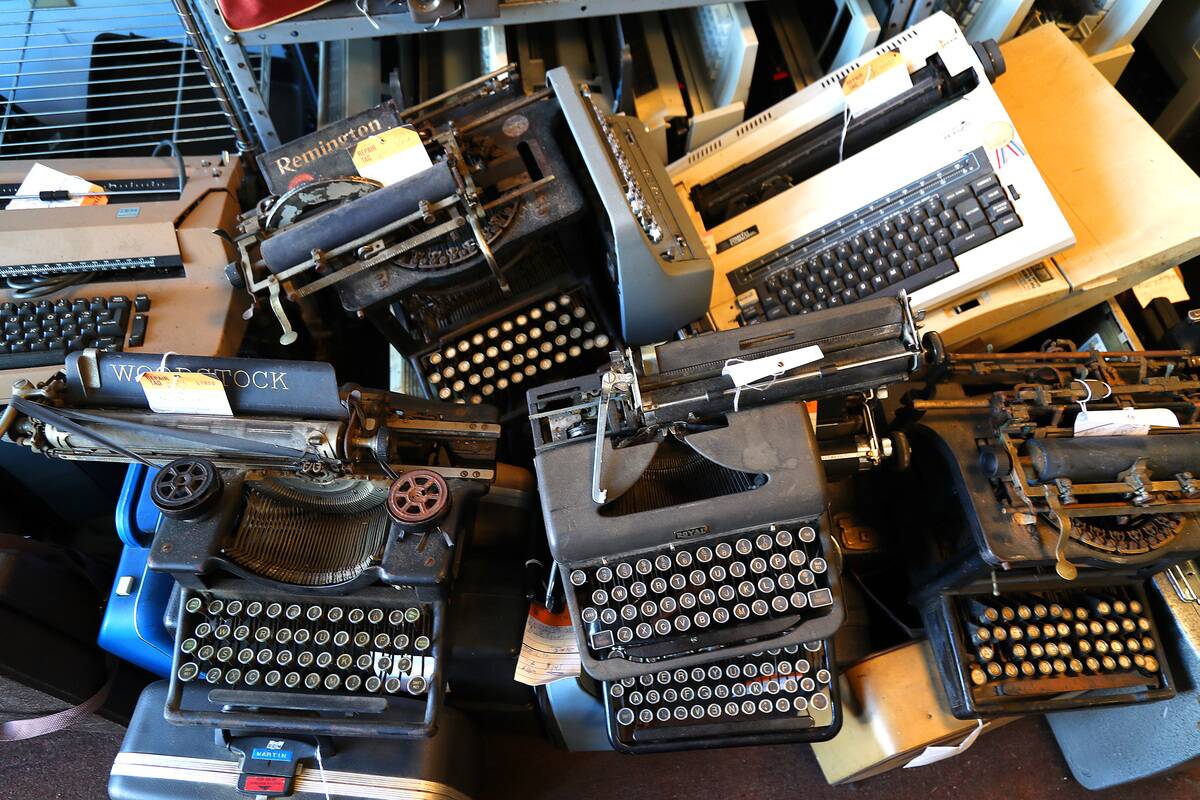
The rhythmic sound of a typewriter was once synonymous with writing, whether for novels or office work. Invented in the 19th century, typewriters became essential tools for writers and typists. Each keystroke was deliberate, and there was no backspace to erase mistakes. While computers have made typing more efficient, the tactile feedback and sound of a typewriter continue to inspire creativity and nostalgia in those who remember the days of ribbon ink and correction fluid.
Beepers and Pagers: The Precursor to Text Messaging
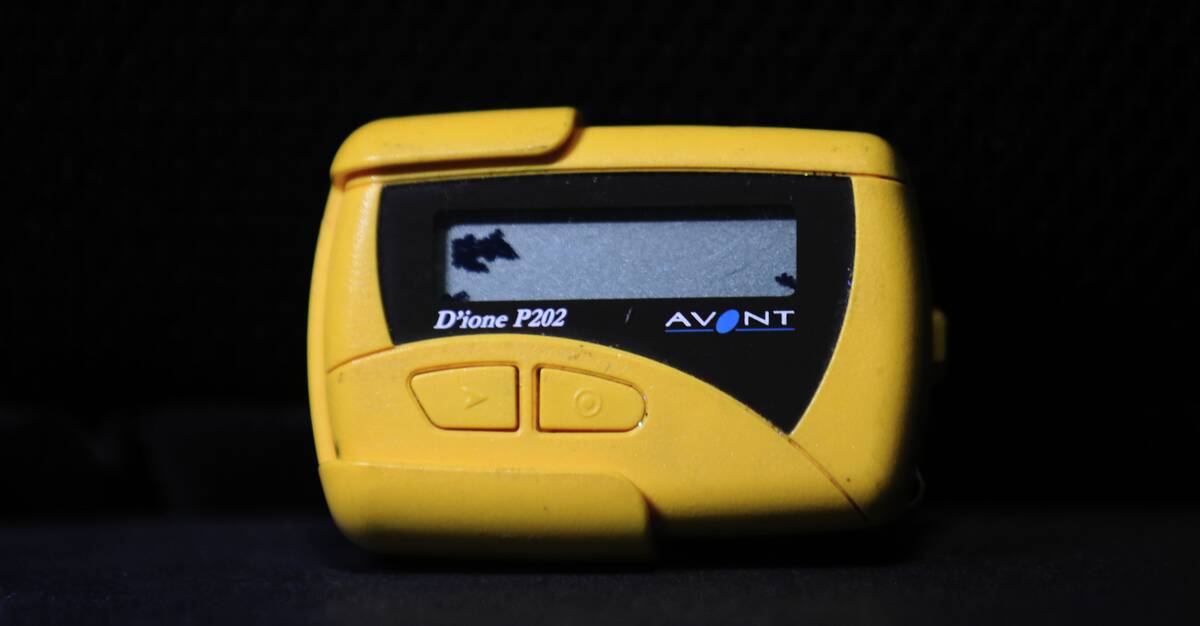
Before smartphones took over, beepers and pagers were the go-to devices for staying connected on the go. Widely used in the 80s and 90s, these gadgets allowed someone to send a numeric message, prompting the recipient to return a call. They became especially popular among professionals who needed to be reachable at all times. Although they have been largely replaced by mobile phones and texting, pagers remain a nostalgic symbol of pre-smartphone communication.
Fax Machines: The Slow Email
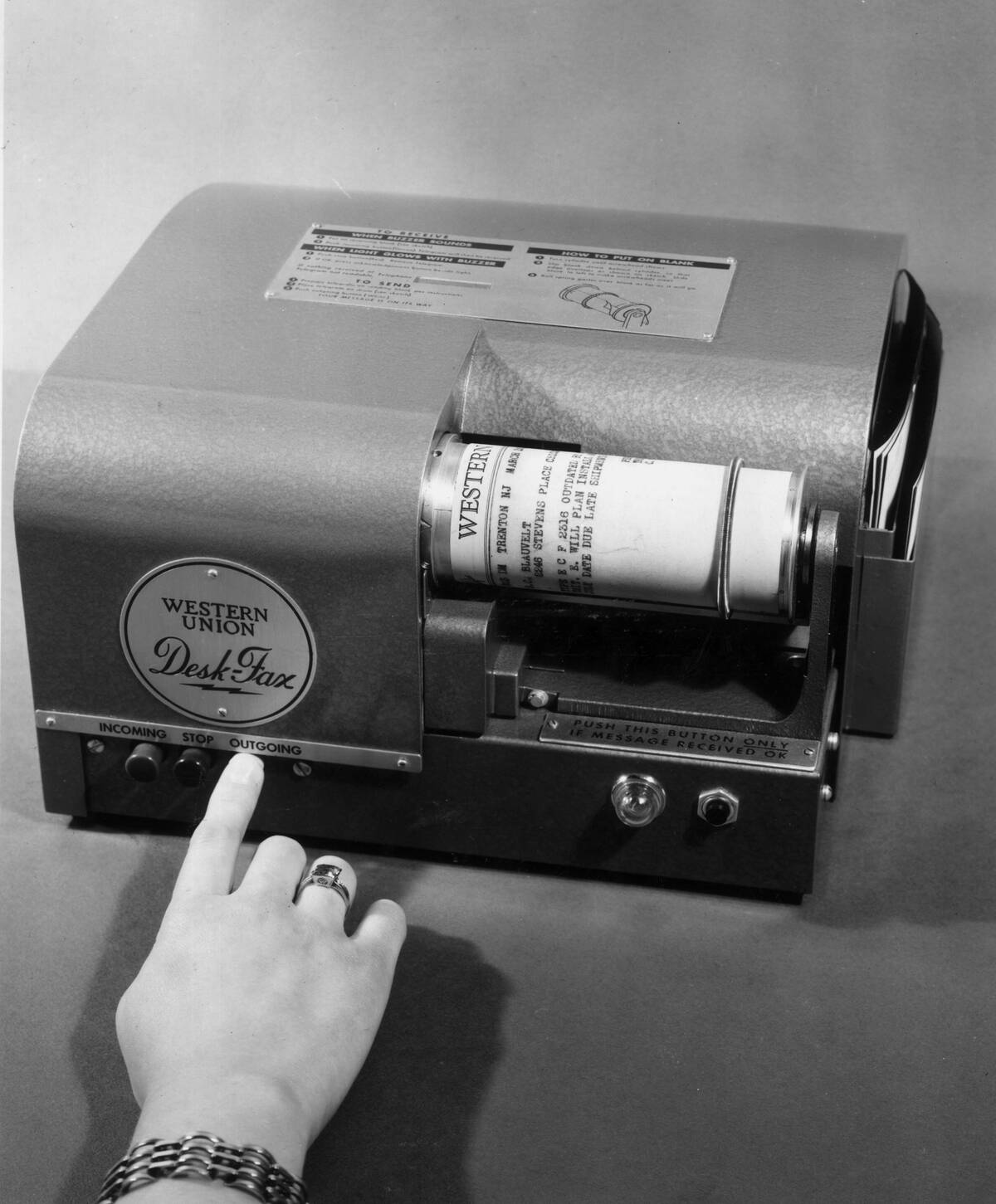
Fax machines were revolutionary in their time, allowing documents to be sent over phone lines. First commercialized in the 1960s, they became a staple in offices worldwide. Although the transmission was slow by today’s standards, receiving a fax felt like magic. With the rise of email and digital communication, fax machines have become less common, but they still hold a place in the hearts of those who remember the anticipation of hearing the fax tone and watching a document slowly emerge.
Cathode Ray Tube Monitors: The Heavyweights of Computing
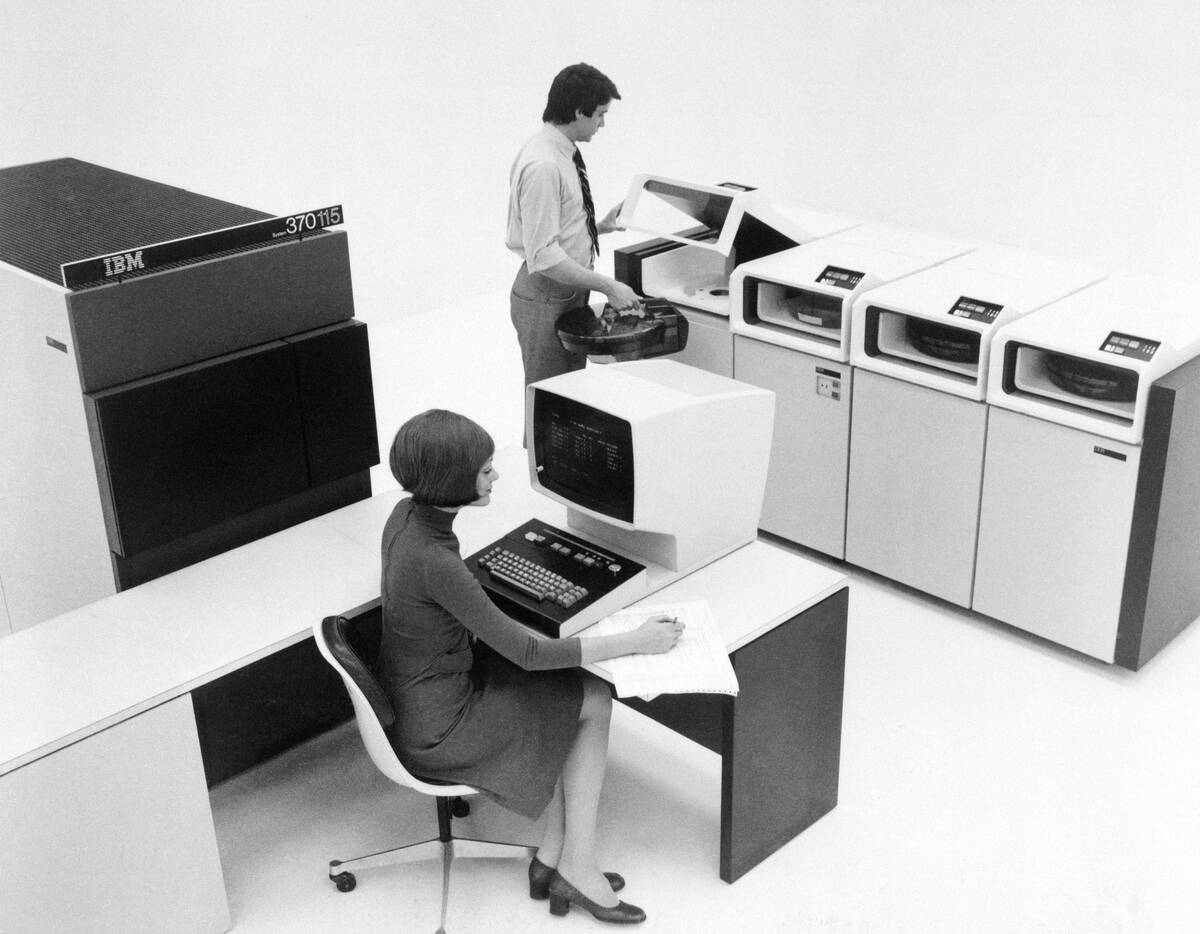
CRT monitors were once the standard for computer displays, offering crisp images and vibrant colors. These monitors used cathode ray tubes, making them heavy and cumbersome. Despite their bulk, they were the cutting-edge technology of the 80s and 90s. As flat-screen LCD monitors have taken over, CRTs are now a relic of the past. However, many still fondly remember the satisfying hum and the static electricity they generated when turned on.
Analog Alarm Clocks: The Joy of Morning Bells
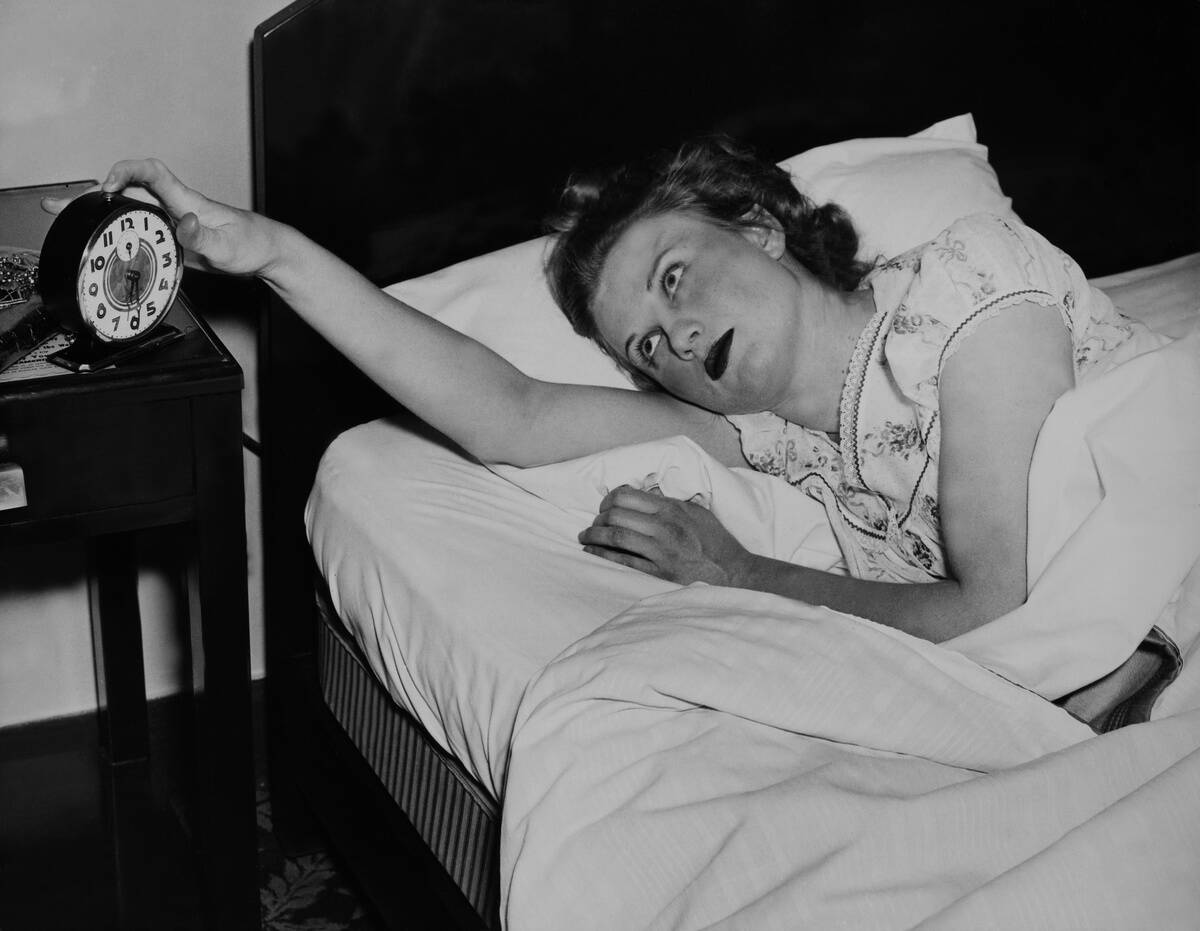
Analog alarm clocks were once the trusted companions of morning routines, waking us up with their bells and chimes. These clocks required winding and set-up, adding a personal touch to the wake-up process. While digital alarms and smartphone apps have largely replaced them, the classic design and simplicity of an analog alarm clock evoke nostalgia for a time when mornings were greeted with the gentle ring of bells rather than electronic beeps.
Portable CD Players: The CD’s Best Friend
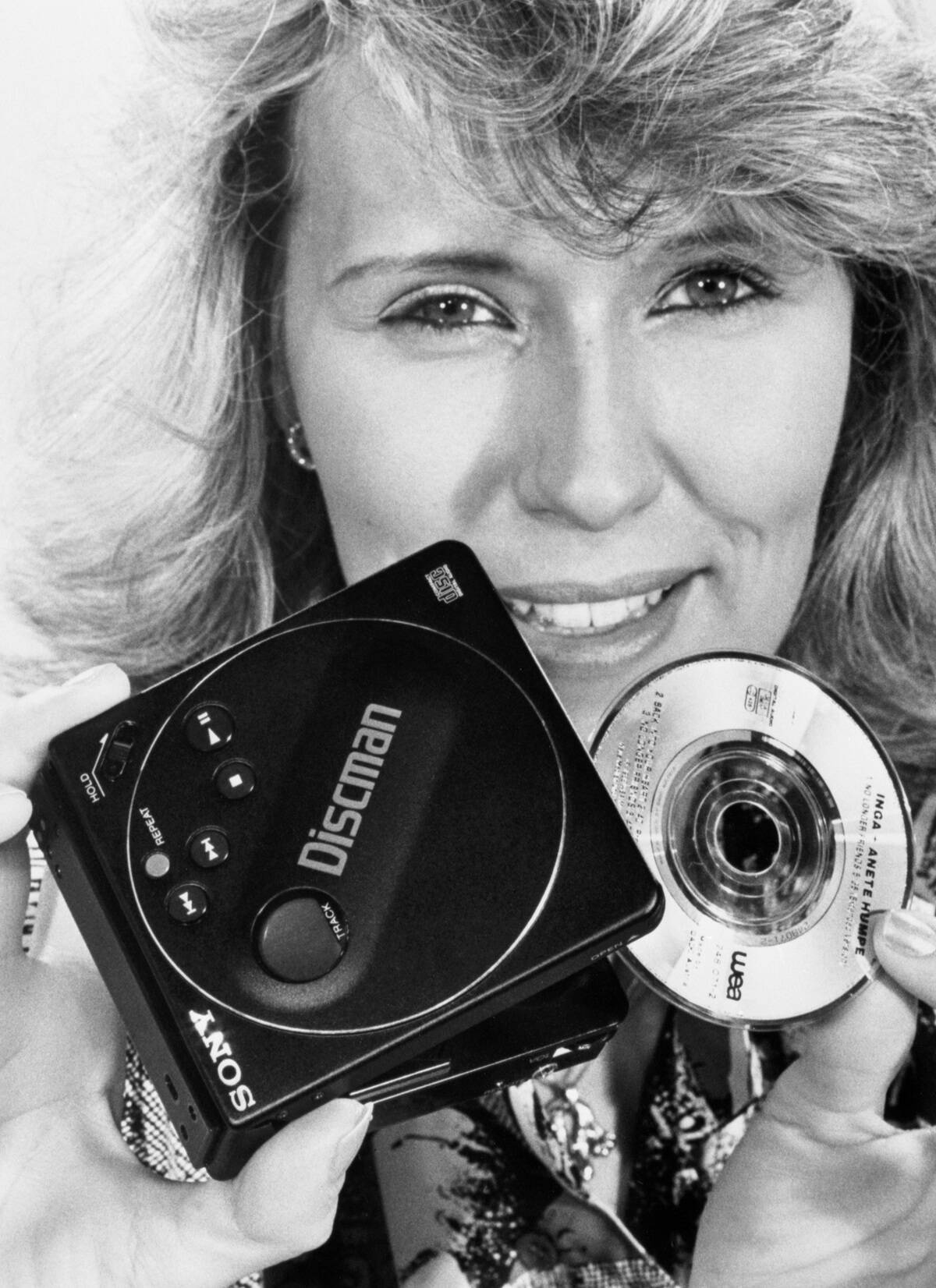
Portable CD players, like the Sony Discman, brought music lovers into the digital age, allowing CDs to be enjoyed on the go. First introduced in the 1980s, these players offered improved sound quality over cassettes and quickly became a must-have gadget. Despite the advent of MP3 players and streaming services, the joy of carrying a stack of CDs and selecting an album for the day remains a cherished memory for many music enthusiasts.
Game Consoles of the 90s: Before Everything Went Online
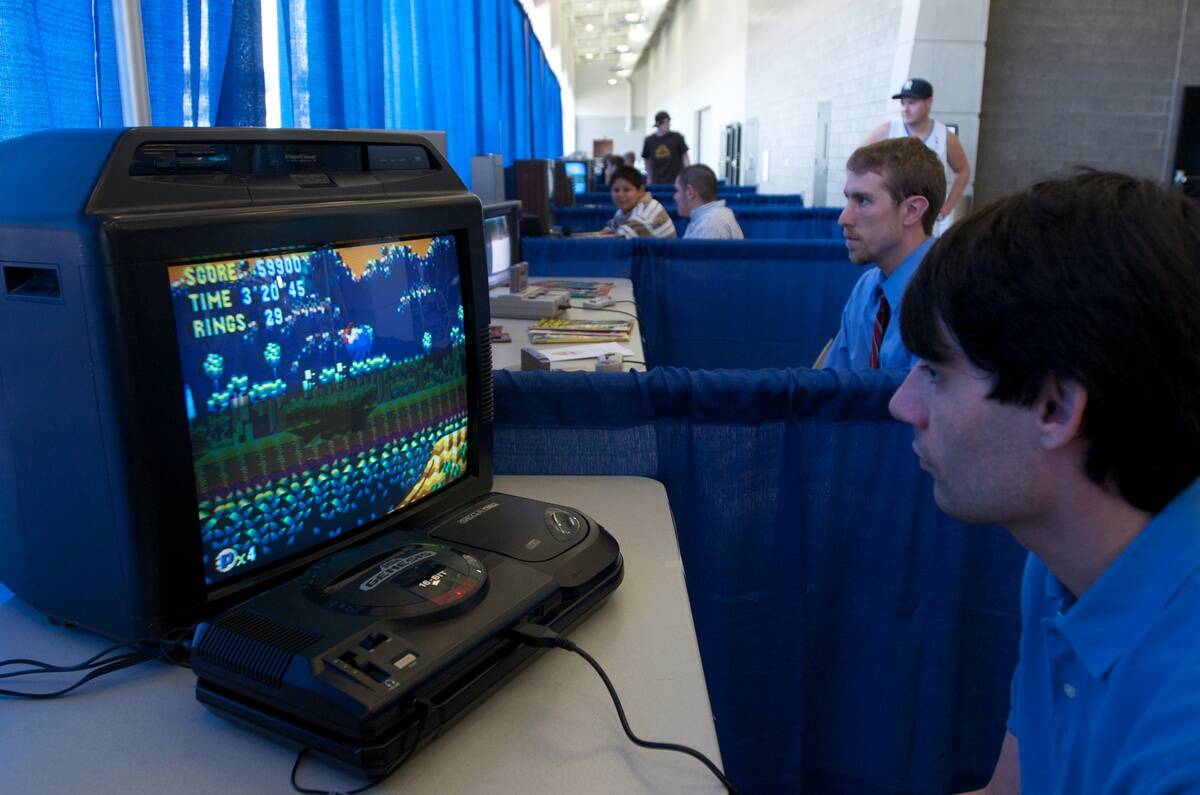
The 90s were a golden era for video gaming, with consoles like the Super Nintendo, Sega Genesis, and PlayStation capturing the imaginations of gamers worldwide. These consoles offered immersive experiences without the need for an internet connection. Players enjoyed gathering with friends for multiplayer games on a single screen. While online gaming has transformed the industry, the simplicity and companionship of 90s console gaming hold a special place in the hearts of many.
Answering Machines: The Original Voicemail
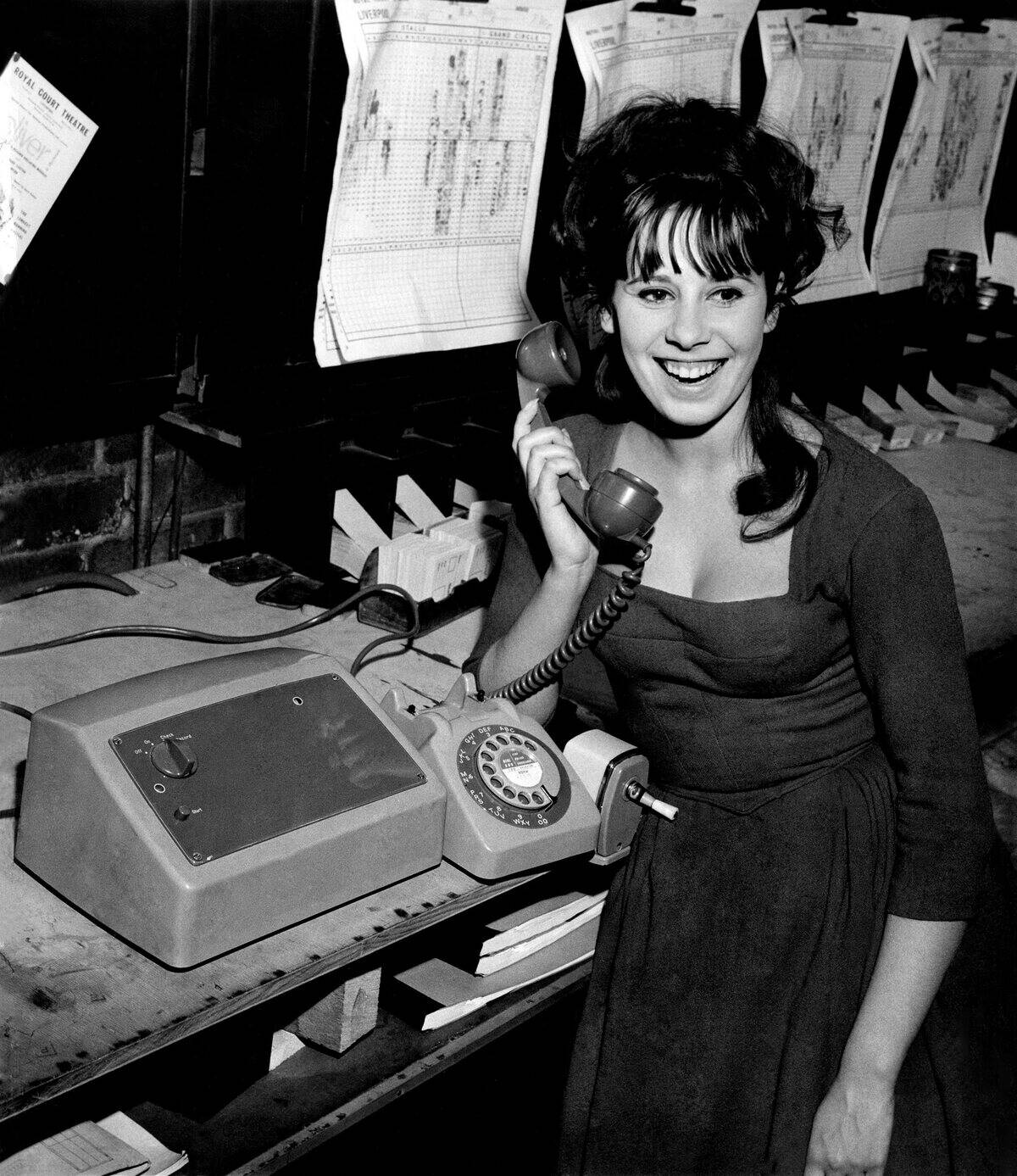
Answering machines were once essential for recording missed calls, using cassette tapes to capture messages. Popular in the 1980s and 90s, they allowed people to leave messages when no one was home. The excitement of coming home to the blinking light indicating new messages is a fond memory for many. While voicemail has taken over, the charm of hearing a loved one’s voice on an answering machine tape is a nostalgic reminder of simpler communication.
Film Projectors: Movie Night Before Streaming
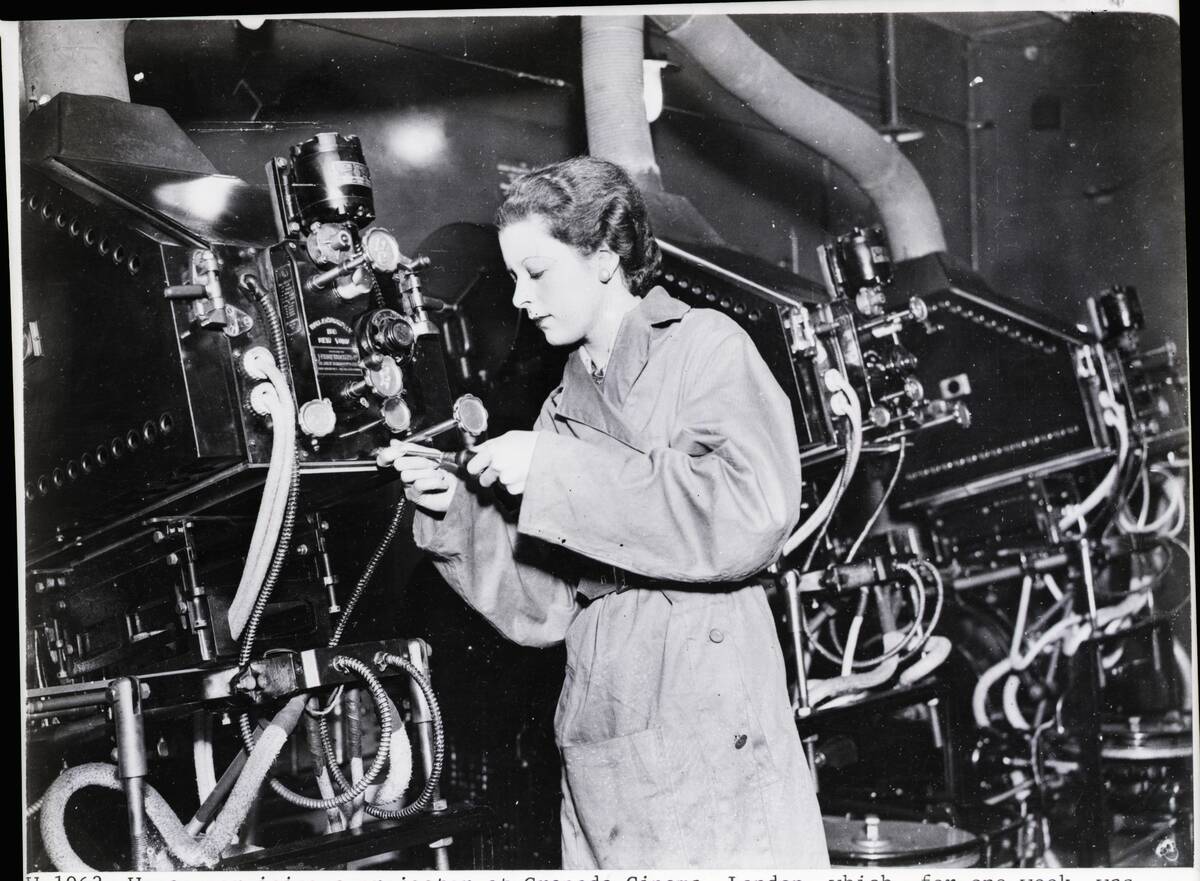
Before streaming services made movies available at the click of a button, film projectors were the heart of movie nights. These devices brought the magic of cinema into homes, schools, and community centers. Watching a film required threading the reel, dimming the lights, and enjoying the flickering images on a screen. While digital projectors have replaced them, the nostalgia of a film projector’s whirring sound and the anticipation of movie night remain vivid for film enthusiasts.



